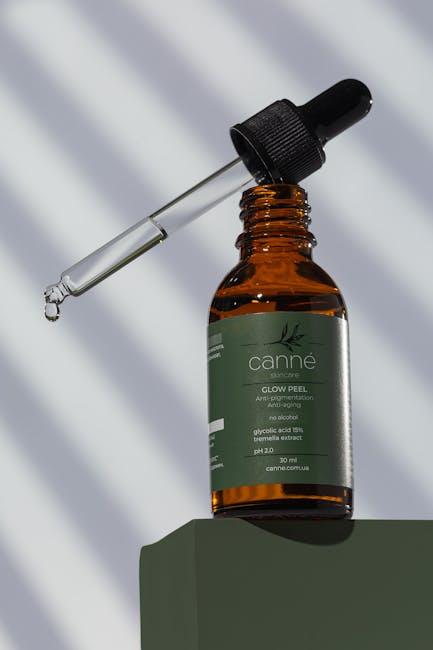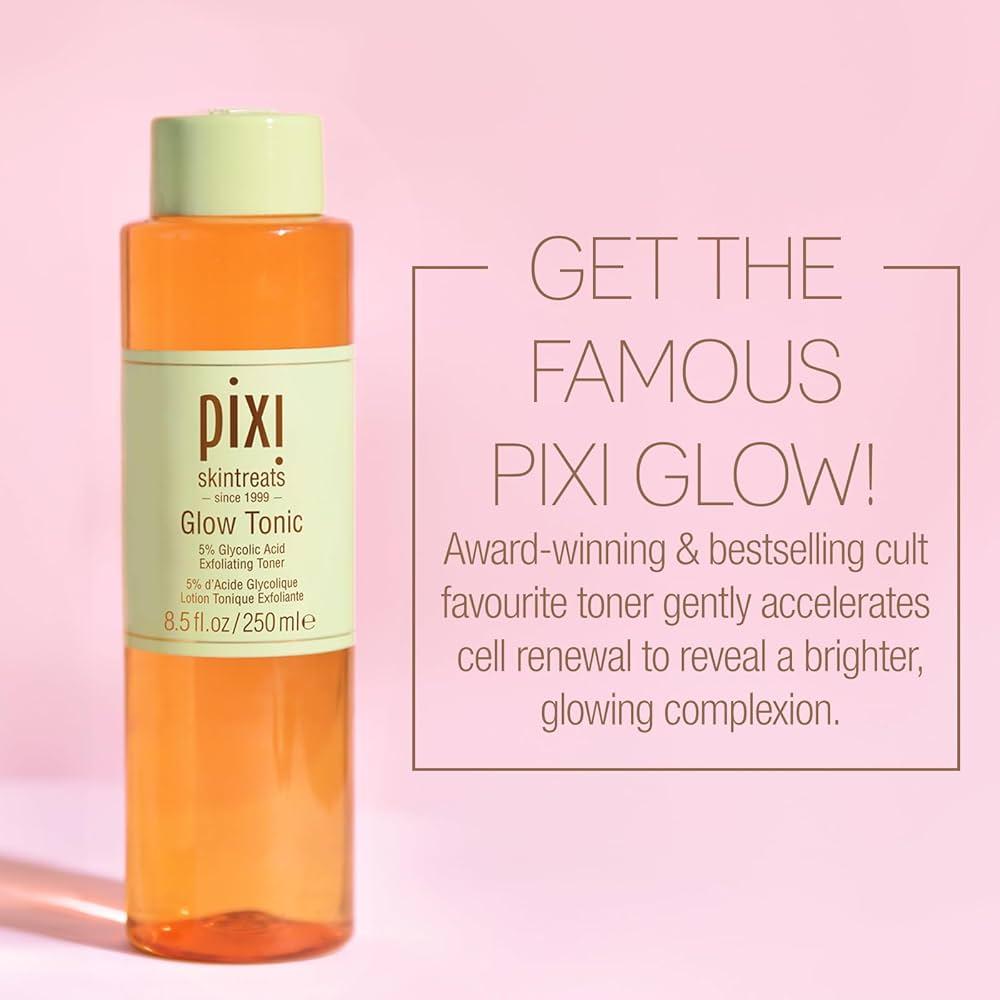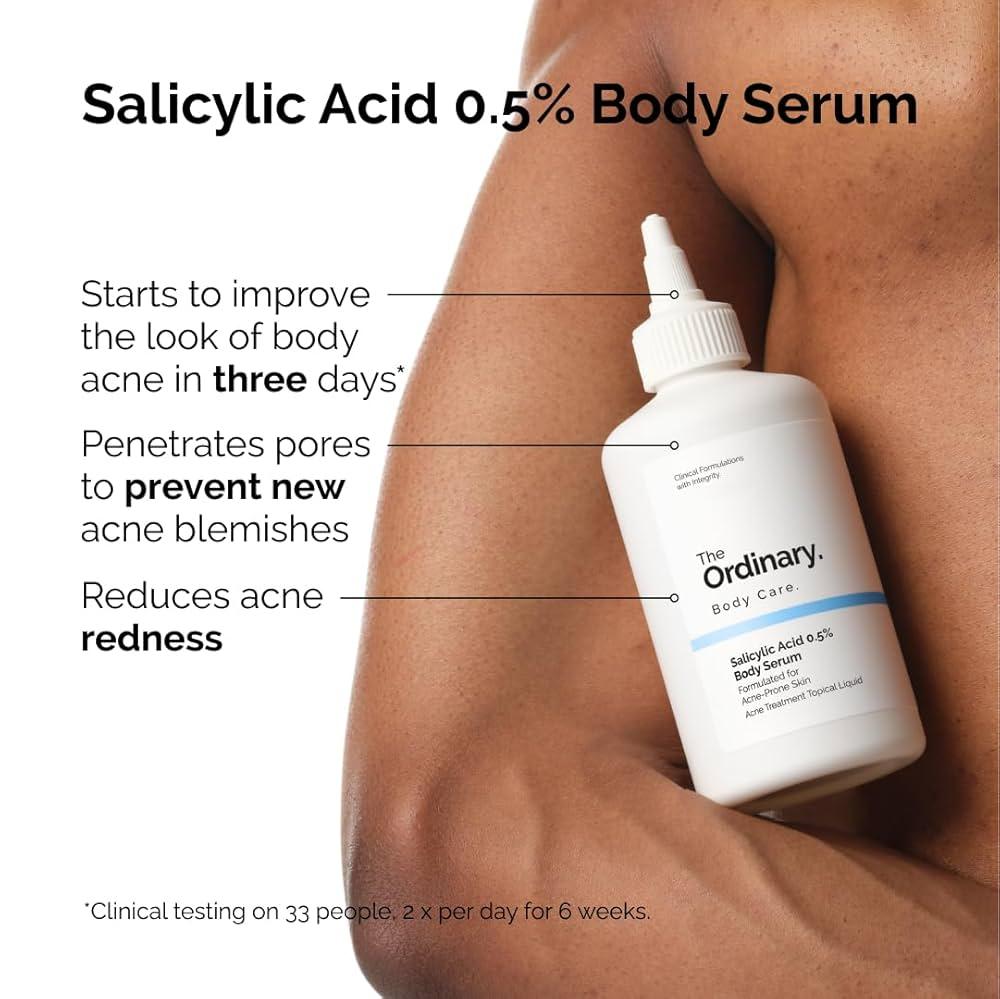In teh ever-evolving landscape of skincare, where new ingredients and trends emerge with each passing season, one product has increasingly captivated the beauty community’s attention: Pixi Glow Tonic. Renowned for itS luminescent promise and invigorating formula, this exfoliating toner boasts glycolic acid as its star ingredient—an alpha hydroxy acid celebrated for its ability to reveal smoother, radiantly fresh skin. However, as with any potent skincare component, the nuances of glycolic acid sensitivity warrant careful examination. In this article, we’ll delve into the intricacies of Pixi Glow Tonic, exploring its formulation, the science behind glycolic acid sensitivity, and providing insights for those keen on embarking on a journey towards glowing skin. whether you’re a longtime fan or a curious newcomer, join us as we uncover the balance between rejuvenation and skin health in the quest for the perfect glow.
Understanding Glycolic Acid: Benefits and Risks in pixi glow Tonic
Glycolic acid, a powerhouse exfoliant derived from sugarcane, is a key ingredient in Pixi Glow Tonic. Its small molecular size allows for deeper penetration into the skin,effectively breaking down the bond between dead skin cells and the surface layer. This process unveils a brighter, smoother complexion while also promoting cellular turnover. With consistent use, one can experience a myriad of benefits, such as:
- Smoother Skin Texture: regular exfoliation helps to refine the skin’s surface.
- Improved Radiance: dull skin can be revitalized with increased luminosity.
- Minimized Pores: Glycolic acid can help to reduce the appearance of enlarged pores.
- Reduced Acne: Its exfoliating properties can aid in preventing pores from clogging.
- Even Skin Tone: This ingredient can assist in lightening dark spots and hyperpigmentation.
However, while glycolic acid offers numerous advantages, it is essential to recognize its potential risks. Users with sensitive skin may experience irritation, redness, or a tingling sensation upon request.it is advisable to introduce this toner gradually into the skincare regimen, starting with fewer applications per week.Additionally, individuals must be cautious about sun exposure since glycolic acid can increase photosensitivity.To better understand the balance between benefits and risks, here’s a simple overview:
| Benefits | Risks |
|---|---|
| Enhances skin texture | Possible irritation |
| Increases brightness | Risk of sun sensitivity |
| Reduces acne flare-ups | Skin peeling |
| Thickens skin | Allergic reactions |

Identifying Sensitivity: Signs Your Skin May React to Glycolic Acid
Understanding how your skin reacts to glycolic acid is crucial for maintaining its health and vibrancy. There are specific indicators that can signal sensitivity,frequently enough manifesting shortly after introducing a product like the Pixi Glow Tonic.Look out for signs such as:
- Redness or Irritation: If your skin appears inflamed or feels warm to the touch, it may indicate that it is reacting negatively to the exfoliating properties of glycolic acid.
- Excessive Dryness: A sudden increase in flakiness or tightness can suggest that the acid is stripping away too much moisture.
- Breakouts: If you see new blemishes forming, it might mean your skin is stressed by the active ingredient.
- Stinging or Burning Sensation: A tingling feeling is normal, but any level of discomfort could mean the formula is too potent for your skin type.
In addition to these symptoms, it’s meaningful to consider your skin’s overall condition before using glycolic acid. Paying attention to factors such as:
| Skin Type | Pre-existing conditions |
|---|---|
| Sensitive | Rosacea |
| Dry | Eczema |
| Oily | Acne Prone |
| Combination | Allergic Reactions |
Incorporating glycolic acid into your routine should be done cautiously and with mindfulness. Observing these factors can definitely help you determine whether the Pixi Glow Tonic is suitable for your unique skin needs, ensuring a glowing complexion without the unwanted side effects that come from sensitivity.

Optimizing Use: Best Practices for Incorporating Pixi Glow Tonic into Your Routine
Incorporating Pixi Glow Tonic into your skincare routine can enhance your complexion and elevate your overall glow. To get the most out of this exfoliating toner,consider using it in conjunction with other products that complement its effects. Start by applying the tonic on clean skin—this ensures that you maximize its exfoliating properties without any barriers. Use a cotton pad to apply it gently across your face and neck, avoiding the eye area. For optimal results, limit use to 2-3 times per week, especially if you’re new to glycolic acid, giving your skin time to adjust to the active ingredients.
Pairing the tonic with hydrating serums and moisturizers after application can also boost your skin’s health. Look for products containing hyaluronic acid or ceramides,as these will help restore moisture balance and prevent potential dryness from exfoliation. It’s essential to also incorporate sunscreen into your routine during the day, as exfoliation can make your skin more sensitive to sunlight.Here’s a swift reference table to help you visualize the best practices:
| Practice | Description |
|---|---|
| Frequency | Use 2-3 times a week |
| Application Method | Use a cotton pad on clean skin |
| Follow-Up | Apply a hydrating serum/moisturizer |
| Sun Protection | Use SPF during daytime |

alternative Options: Gentle Exfoliation for Sensitive Skin Types
For those with sensitive skin, finding a suitable exfoliation method can be a delicate balancing act. While Pixi Glow Tonic offers powerful glycolic acid benefits, alternative options can provide a gentler exfoliation experience. Consider trying:
- Enzyme exfoliants: Derived from fruits like pineapple and papaya, these work by breaking down dead skin cells without the abrasiveness of traditional acids.
- Physical scrubs: When using a mild texture,such as sugar or oatmeal,these can provide mechanical exfoliation without irritating the skin.
- Hydrating toners: Look for formulations with ingredients like rosewater or aloe vera that combine gentle exfoliation with soothing properties.
Along with those options, incorporating chemical exfoliants with milder actives might be beneficial. Here’s a quick comparison of some alternatives, showcasing their properties and suitability:
| Exfoliant Type | Suitability | Main Benefit |
|---|---|---|
| AHAs (Mild) | Good for sensitive skin | Promotes hydration |
| BHAs (Salicylic Acid) | Best for oily skin | unclogs pores |
| Physical Scrubs | Variable (choose mild) | Immediate smoothness |
| Enzyme Exfoliants | Highly suitable | Natural and gentle |
The Conclusion
the Pixi Glow Tonic Exfoliating Toner, infused with glycolic acid, has garnered a significant following for its skin-brightening and exfoliating properties. However, understanding the nuances of glycolic acid sensitivity is essential for anyone looking to incorporate this popular product into their skincare routine. by considering individual skin types,conducting patch tests,and integrating the toner thoughtfully,users can harness its benefits while minimizing potential irritation. Ultimately, the journey to radiant skin should be approached with mindfulness, ensuring that every glow is well-deserved. As you continue to explore the realms of skincare, remember that knowledge is just as crucial as the products you choose; may your path to luminous skin be as enjoyable as it is effective.






